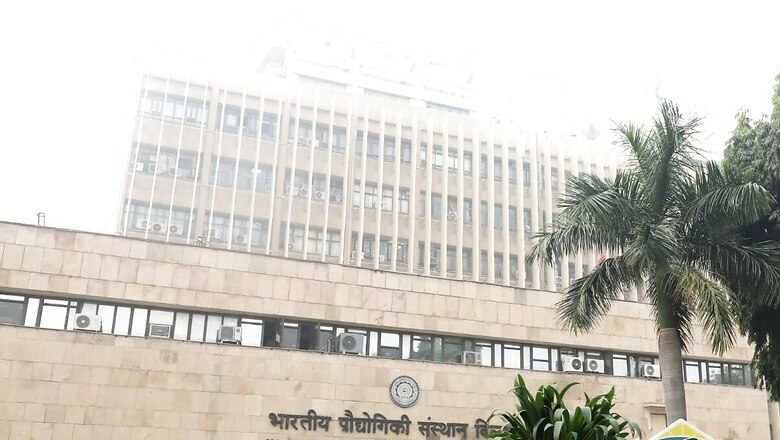
views
The Indian Institute of Technology, Delhi (IIT-Delhi) has been ranked as one of the top engineering colleges in the country by the government. While the institute has 16 departments, one of them is the Electrical Engineering department. It offers undergraduate, postgraduate and research programmes. The department has over 20 laboratories as well as its own library that offers facilities to work in all areas of Electrical Engineering. It offers a four years Bachelor of Technology (B.Tech) course in Electrical Engineering.
As per the 20th edition of QS (Quacquarelli Symonds) World University Rankings, IIT-Delhi is ranked number 197. This year, the QS World University Rankings were released on June 27, 2023.
IIT Delhi: Last five years’ cut-offs (Opening rank to closing rank) for admissions to Electrical Engineering
2023
Open: 354-576
Open (female only): 879-1693
EWS: 120-150
OBC-NCL: 207-449
SC: 82-212
ST: 19-74
2022
Open: 358-574
Open (female only): 1079-1572
EWS: 115-148
OBC-NCL: 219-378
SC: 73-204
ST: 12-113
2021
Open: 364-543
Open (female only): 996-1586
EWS: 119-148
OBC-NCL: 136-355
SC: 42-162
ST: 12-112
2020
Open: 311-550
Open (female only): 990-1412
EWS: 88-118
OBC-NCL: 225-360
SC: 46-203
ST: 9-59
2019
Open: 297-468
Open (female only): 795-1676
EWS: 34-43
OBC-NCL: 107-284
SC: 83-152
ST: 9-54
The electrical engineering department of IIT Delhi was established in 1961.
Meanwhile, a machine learning model for monsoon rainfall prediction has been developed by researchers at the DST Centre of Excellence in Climate Modelling at IIT Delhi in association with IIIT Delhi, MIT in the United States, and JAMSTEC in Japan. The All India Summer Monsoon Rainfall (AISMR) model developed by a research team led by Prof. Saroj K. Mishra of IIT Delhi predicts an AISMR of 790mm in the next monsoon season, indicating a regular monsoon for the nation in 2023.
The designed and tested AI/ML model has been shown to perform better than the country’s present physical models for monsoon forecasting. For the test period of 2002–2022, it has shown an outstanding forecast success rate of 61.9 per cent. The model’s ability to forecast the AISMR within +/-5% of the actual values measured each year is used to determine this.




















Comments
0 comment